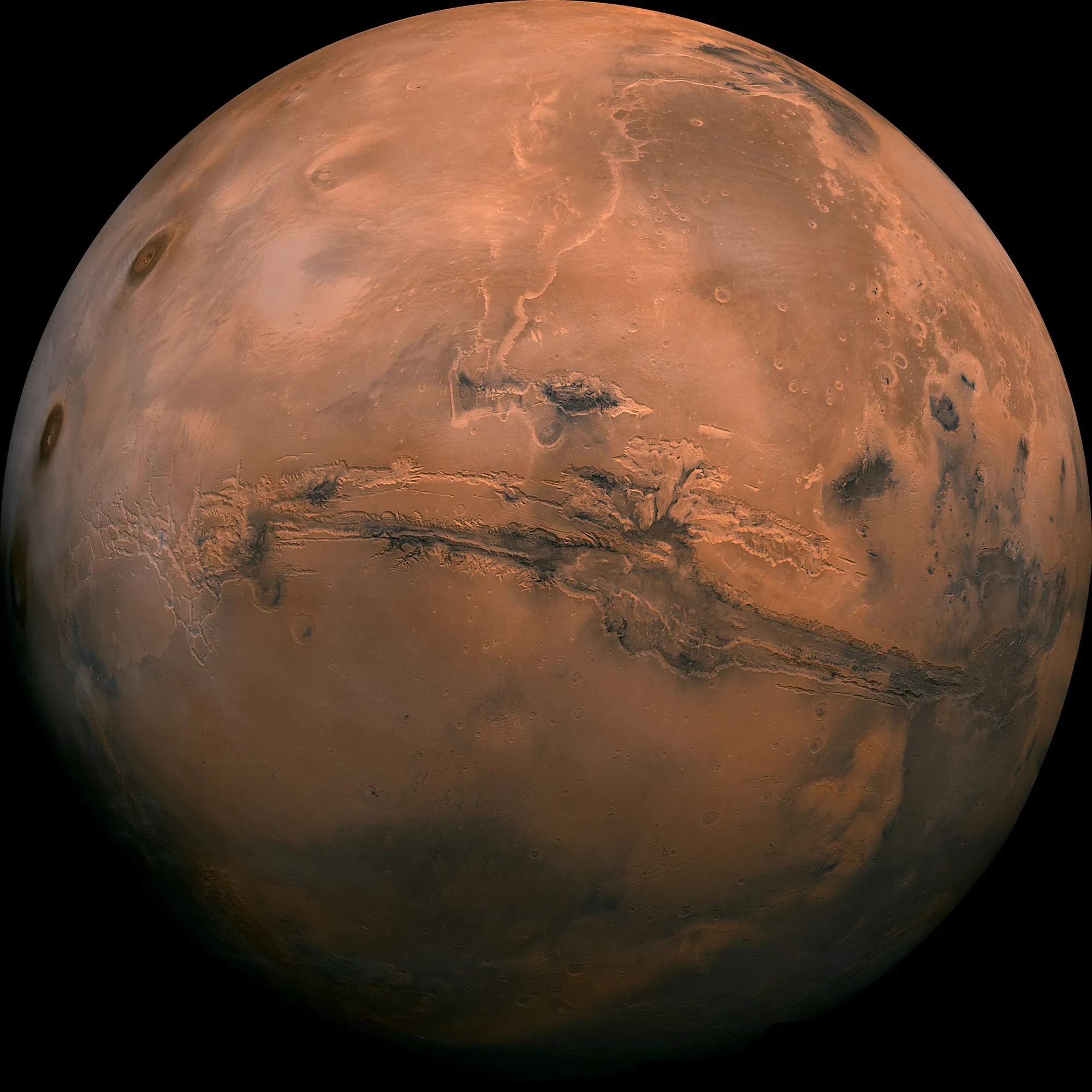
The research suggests that the thick crust of Mars' southern highlands formed billions of years ago generated granitic magmas and sustained vast underground aquifers.

Nasa has announced the first detection of possible biosignatures in a rock on the surface of Mars.

A new research is lending support to the possibility that an asteroid slammed into Martian ancient ocean 3.5 billion years ago, creating a mega-tsunami 309 meters high.

The ringless Mars we see today is probably an anomaly. We’re in between rings right now, and we’ve assumed that’s normal.

4 billion year old Nitrogen containing organic molecules has been discovered in Martian meteorites. This finding suggests a wet and organic-rich early Mars, which could have been habitable and favorable for life to start.

According to an international team of scientists, the lake that was present in Gale Crater over 3 billion years ago underwent a drying episode, potentially linked to the global drying of Mars.

There’s a massive, growing wall of evidence showing that Mars may have had the necessary conditions for life in the past. ESA’s High-Resolution Camera on the Mars Express Orbiter, there are clear signs of a system of river valleys.